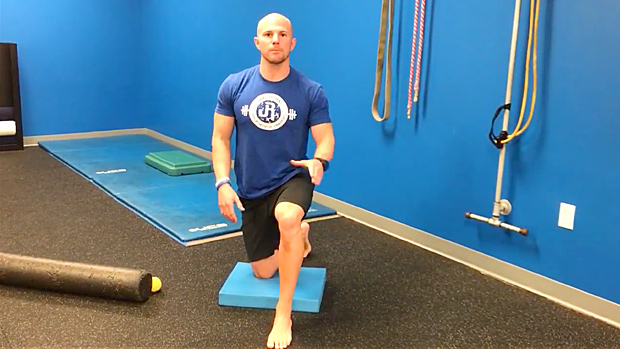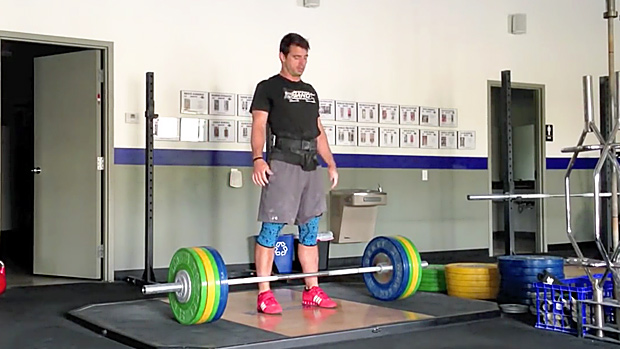Since you're looking to target and improve ankle dorsiflexion range of motion along with alleviating the all too common front sided ankle "pinch" when reaching the end range, this strategy will improve both the quality and quantity of this range.
The main ankle joint associated with dorsiflexion is referred to as the talo-crural joint and is comprised of a bone called the talus coming into direct contact with the crural joint. It's formed by the contact between portions of the tibia and fibula creating a joint space.
While there is relative motion that happens with the talus sliding under the crural joint, the crural joint sliding OVER the talus is far more common and is the type of joint movement that happens when the foot is in contact with the ground (just the way you've been screening and testing the ankle thus far).
That's why this strategy will target the mobilization of the talus with dynamic action of the crural joint sliding on top of it.
The most popular way to mobilize the ankle joint is by using a band strapped around the front side of the ankle and moving the ankle into repeated dorsiflexion. But a resistance band can't manipulate anatomical structures such as joint capsules, ligaments, tendons and fascial sheath.
That's why it may be better to skip the band and get your hands in contact with the talus to manually mobilize this joint moving into dorsiflexion just the way a rehab doctor would manipulate an ankle on the therapy table.
- From a half-kneeling position, use your opposite hand from the ankle you're mobilizing and contact the talus with the webbing between your first and second digits.
- Squeeze your contact hand around this joint and stabilize it.
- Bring your opposite hand over the top to help pull it back on the talus as the ankle moves into dorsiflexion range of motion.
- Hit the end range and mobilize in and out using both active motion of the crural joint moving on top of the talus, and the talus slightly moving posterior (and slightly angled) under the joint itself.
- Mobilize for as long as you can feel a notable difference. Remember to test and re-test. And yes, this will become a bit tiring on your hands, but it's still more effective than a piece of elastic.




